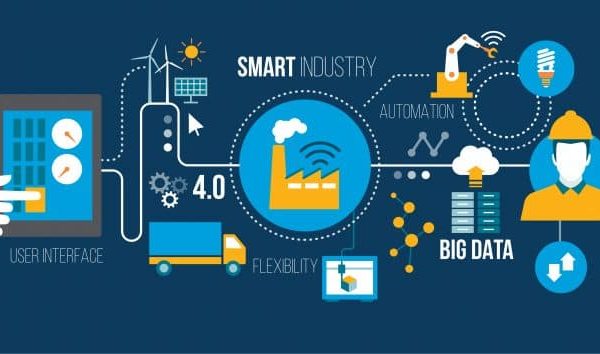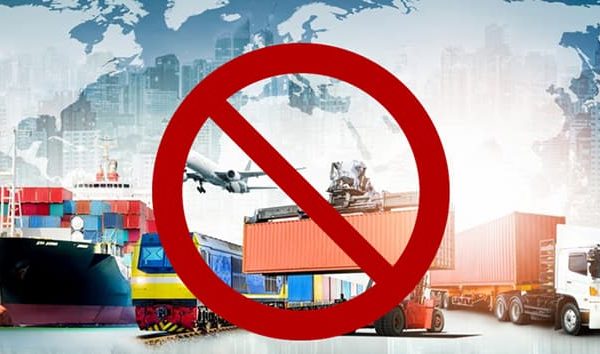The COVID-19 crisis has exposed the fragility of supply chains and their operations. It also has uncovered opportunities for improvement. There are many lessons that could be learnt by these harsh experiences that we have paid a price for. Here are some thoughts on possible restructuring of the grocery supply chains in urban areas which have been severely impacted during the lockdown.
What are some of the observations of the pandemic and subsequent lockdown?
- Reduction in environmental pollution
- Less traffic, noise or need to travel, except for emergencies
- We are able to survive with less, especially if basic necessities of food supply and shelter are taken care of
- Reliability of the local providers (milkman, newspaper vendor, smaller grocery shops, vegetable vendors)
The grocery supply chain consists of two portions – the upstream supply chain of agriculture and food processing and the downstream supply chain of distributors, traders, wholesalers, retail supermarkets/smaller grocery shops reaching the end-consumer (you and I). The upstream supply chain has been the subject of many discussions and has some peculiar India-specific issues that are not just related to supply chain network design, but also subsidies, livelihood, policy and regulatory issues. So, let us leave that for a separate discussion and focus on the downstream issues.
Groceries are treated as essential supplies and are required for every household. Some of us buy them on-line (e.g. from BigBasket), some of us buy from supermarkets and many of us buy them from local grocery stores. The demand for groceries, from a consumer perspective is fairly well known and reasonably stable. We buy them at regular intervals, typically on a monthly basis. How could we simplify this supply chain? How do we ensure that it performs well during a crisis? There are going to be regular quarantines and hot spots going forward as well. How do we manage these things on a routine basis?
Here are some thoughts
- Cities are already divided into constituencies and wards for the purpose of civic administrations; the local officials, as well as the legislators usually know their localities very well; Aadhar cards, census and voting information is available as well; most households will also have a mobile phone, many will have smart phones; we also have newspaper vendors and milk-men who know the roads, lanes and colonies intimately
- Design a distribution network using the grocery stores as nodal points; they already have the supply relationships to get goods; customers may order from among a set of grocery stores which are near (they have their freedom of choice, but incentivize them to order from stores which are close by); each store may support the needs of say 100 houses
- Households can choose a delivery plan – monthly or weekly; use the milk-vendors (or some similar agencies) to plan for delivery; for the 100 houses in the locality, if we are planning monthly deliveries, we will deliver to 4 of them every day; if there are weekly plans, there will be more frequent deliveries, but less volume to be sent every day
- We could also incorporate a reverse supply chain for the packaging material and containers which today clog up our waste disposal; on the return route after delivery, these could be picked up and the households get some discount in return
How will this system help?
- It will lead to predictable demand aggregation at the ward level and help the suppliers plan better
- It will cut inventory levels across the supply chain – the grocery stores need not carry more than one weeks supply of goods, leading to higher profitability
- A detailed study is required, but judging by the automotive industry lean manufacturing experiences, this could significantly reduce cost, improve efficiencies and reduce wastage
- The supply chain is more reliable, responsive and sustainable
- Once it works, we could extend it to vegetables and fruits as well
The biggest benefit of this simplification will be to build a community workforce – and bring more entities (the stores, the individuals who work in the store, the delivery persons) into a social organization that is reliable, resilient and sustainable.






